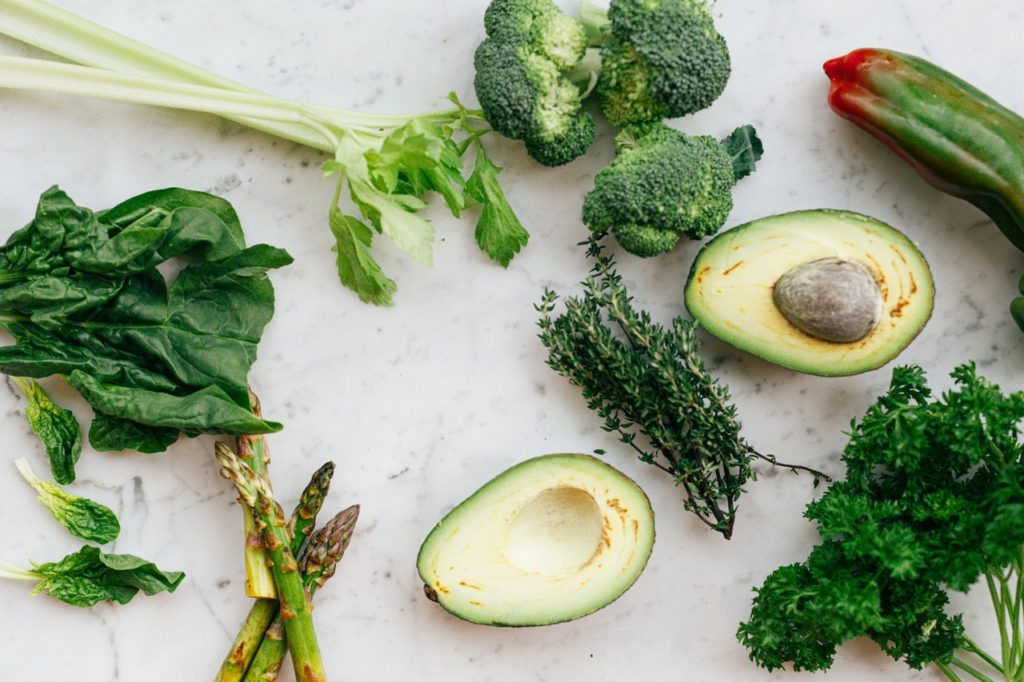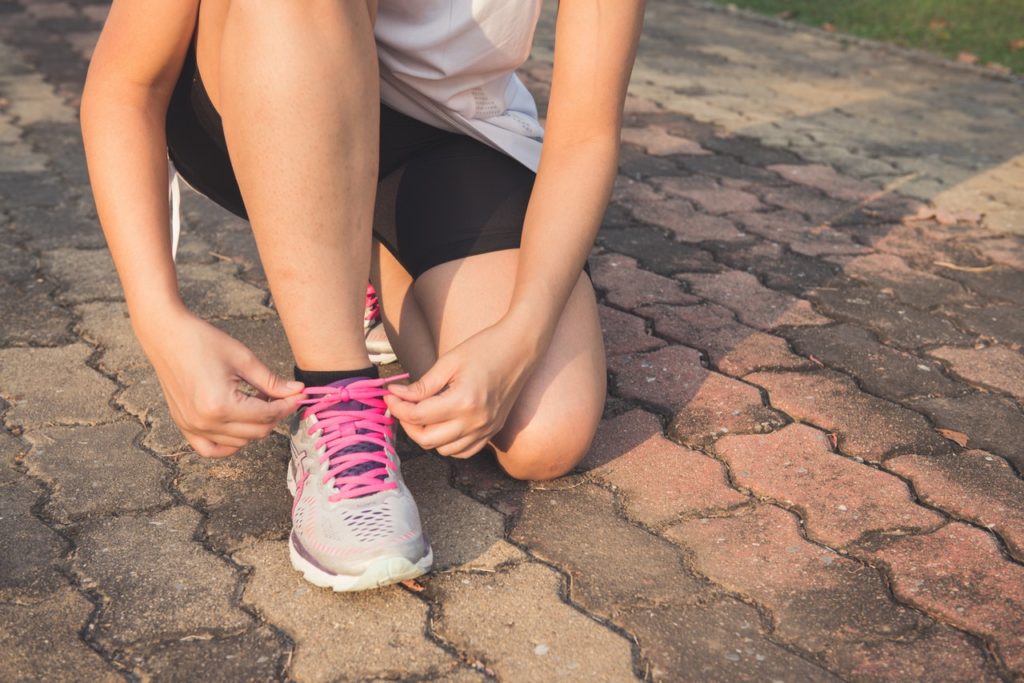Hey keto gang! In this article, we will talk about when the best time to test your blood ketones is.
Let’s get right into the meat of the matter and answer it right away. The best time to test your blood ketones is in the morning.
This gives you a good baseline, which makes it easy to compare over a period of time as you follow your keto diet.
But why does the morning matter? We will get to it, but first, let’s talk a little bit about blood ketone meters.
Blood Ketone Meters
To test your blood ketones, you are going to need a meter. It sort of looks like what diabetic folks use to check their blood sugar levels.
You will stick your finger and get a reading of the amount of β-hydroxybutyrate that is currently circulating in the bloodstream. The finger stick is not painful and produces a tiny amount of blood for testing.
The process is fast and easy, certainly nothing to be afraid of.
You will need a blood ketone meter battery. Many of them do come with one at purchase but do check with your manufacturer and make sure to have some extras on hand. Test strips are also a requirement, and it costs roughly a dollar per strip. Disposable lancets are also necessary.
There are many places you can purchase a blood ketone meter, so do look around for one that suits your personal budget.
Later on, I will talk about how to use your blood ketone meter.
Why Does the Morning Matter?
You just got up. Let’s say you went to bed around 11 AM, it’s now 7 AM, and you’re getting ready to workout for a bit, take a shower, and then zip to work. You’ve been in a fasted state for 8 or more hours at this point.
You’ve ingested no food, haven’t dealt with any work or life stressors, and this is why it’s the best time to test. Nothing can affect your results, which is sometimes the case when you test later on in the daytime.

But There is A Caveat
One “con” people note is the “Dawn Phenomenon” when they test their blood ketones with keto strips in the early morning.
This is the phrase we use when describing an increase in our blood sugar early in the morning thanks to our body unleashing hormones like epinephrine, glucagon, and cortisol.
When our blood sugar rises regardless of cause, blood ketone levels go down as a consequence.
To help guard against a false reading, try your best to wait for an hour after you rise (and before you eat) to test blood ketone levels.
At the same time, this is not set-in stone- there is flexibility. Test when it is best for you.
If you are one of those folks who experience higher blood sugar than normal in the early morning and have to wait an hour before your test, this might not work for you.
If you’re like most folks, you have to get up, get the kids ready, get yourself ready, and get to work on time, which renders testing an afterthought at that time.
Try: Before Eating A Meal
If mornings are not ideal for you, try testing for blood ketones before it’s time to eat dinner.
By the time dinner rolls around, you’ve had at least one meal. Get a reading at this time so you can get a better idea of how your daily diet and activities have affected your blood ketones.
It is a good idea to test about three hours after drinking or eating aside from water (BTW here’s how much water you should drink on keto). Why three hours?
Well, it is at this point your body has had time to digest the meal you ate previously, and the ketone readings will not be affected by the uptick in blood glucose you might experience as a result of your last meal.
To really be in ketosis, you have to have a reading of 5 mmol L or greater.
Using Your Blood Ketone Meter: Quick Guide
Here’s what you can expect to do once you get your meter and set it up, according to Healthline.
- Begin by putting a needle into the lancet pen as per the directions on the package.
- Wash hands using soap and ensure they are dry.
- Take a test strip from the package and place it into your meter.
- Now put the lancet pen on your finger. Now press the button on your meter.
- Squeeze your finger gently, and a small blood drop will appear. Keep squeezing as you are going to need a large drop in order for this to work. After you do this a few times, it will get easier to know how much blood you will require for your test. Some meters will require a larger blood drop than others.
- Now press the end of your test strip onto the blood drop until the blood fills up the opening and your meter acknowledges it.
- Now allow time for the meter to provide you with your reading; it should take a few seconds.
- Write down your results.

Protips: Ketone Test Strips
Here are some ideas for when you shop for your test strips:
- Purchase the right test strips for your meter. These cannot be interchanged from meter to meter.
- Be sure you acknowledge expiration dates on the strips, both when you buy them and when your blood is tested. If the strips are expired, the results won’t be accurate.
- Do not buy previously owned strips OR strips not approved for sale by the FDA in the US.
Conclusion
Thank you for taking the time to read about when the best time to test your blood ketones is! If you can do it in the morning, that is ideal, but we know that not everyone can do such a thing.
Most importantly, make sure your ketone test strips are cleared for sale in the US and brand new. See you in the next post; keep it keto!

